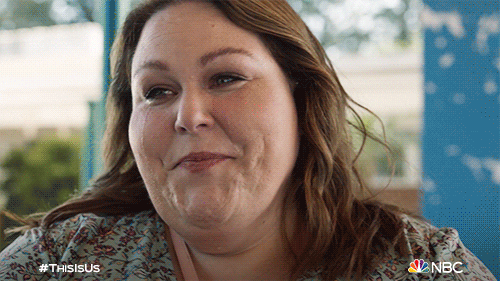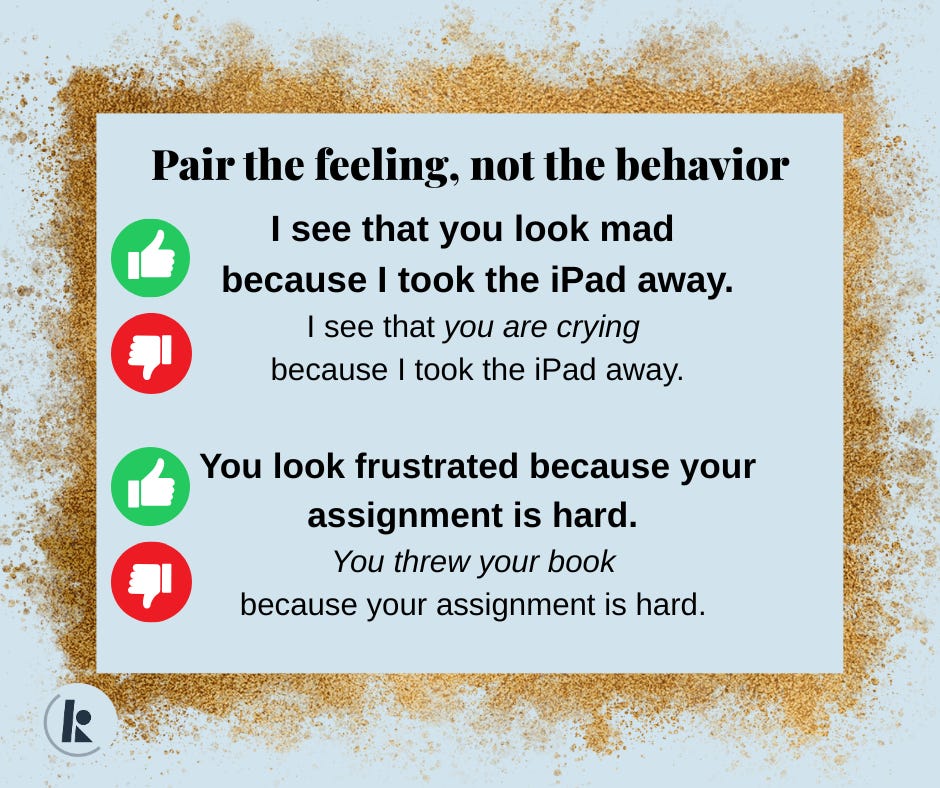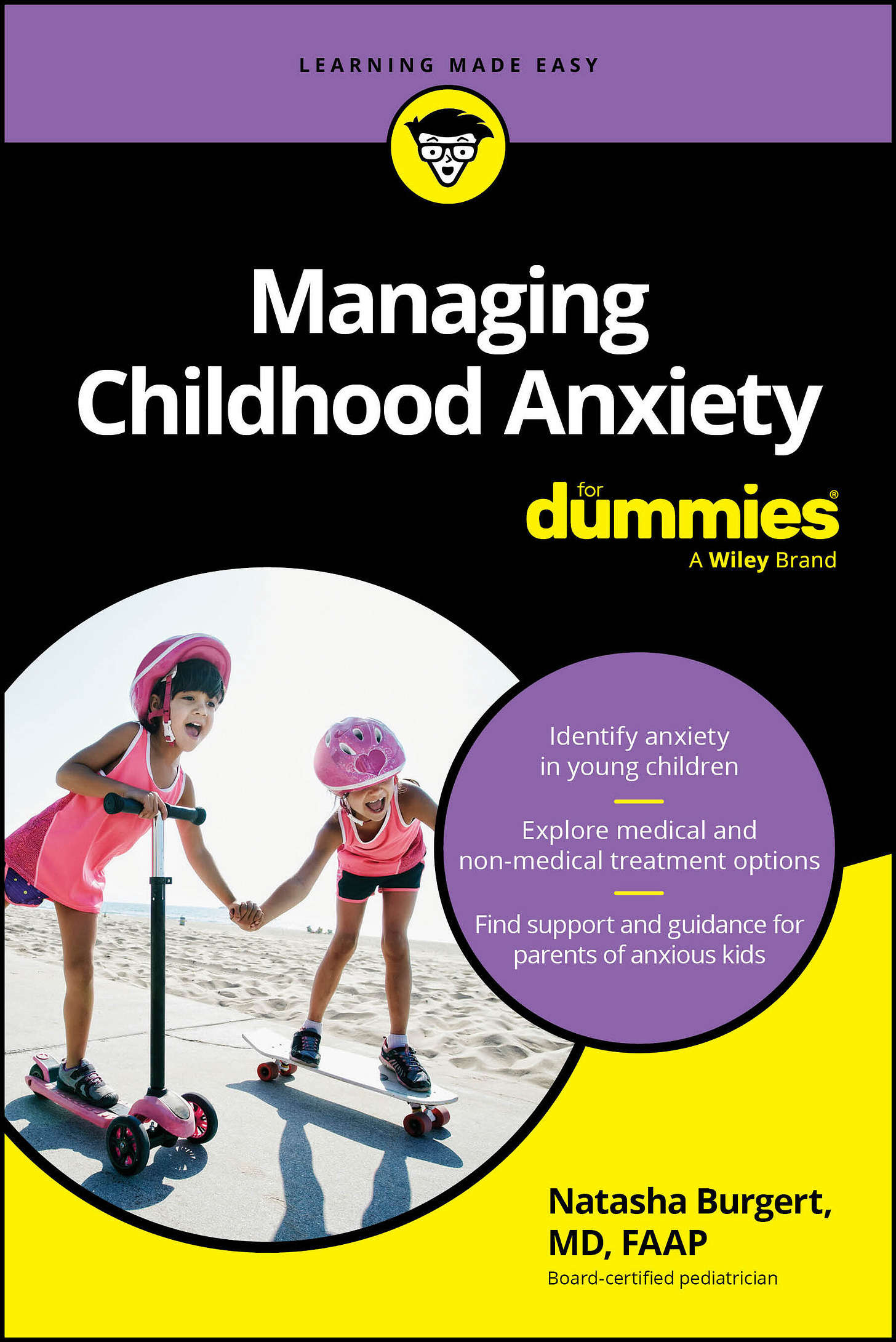It’s easy to feel helpless when you watch your child struggle with emotional expression or control. You want to defuse the stress, offer comfort, and fix the problem. I get it. I’ve done it. During times of chaos, jumping in to provide protection and calm is our natural, primal reaction.
The problem is that kids grow up. As they do, kids need to strengthen the emotional skills required to handle life’s difficult moments with control and without us.
One of the most effective ways to help your child learn emotional development and self-regulation isn’t by offering advice, fixing problems, or handing over a screen — it’s validation.
Learning how to validate correctly will unlock its magic. Let me break it down for you.
The Tool
Validation has different meanings and can be used in an array of contexts. In my work, validation is a communication technique parents can use to deescalate an emotional situation, foster trust, and create space for problem-solving.
Validation is one way to avoid reinforcing negative behaviors or escalating an already stressful situation. It builds bridges, making kids feel seen and heard during tough moments. And, when used effectively, validation limits future emotional outbursts by encouraging emotional resilience and self-regulation skills.
Kids with strong self-regulation skills have lower rates of anxiety and depression, stronger relationships with family and peers, and greater academic success.
The Challenge
Now comes the tricky part. Pocketing easy-to-remember validation statements is a helpful start, but it’s HOW you use those statements that activates skill-building. Validation is a communication process, and it takes practice to see its power.
The Technique
Like all other communication techniques, validation requires a series of steps. The more consistent your steps, the more predictable your behavior becomes. Predictability is important to kids because it makes outcomes clearer and increases their chances of making successful decisions.
During a tantrum or outburst, here are your steps:
Eye contact and active listening. Validation is a mirror to reflect understanding. This requires your brief, but full, attention. When things start going sideways, take a deep breath and acknowledge your body language. Use nodding, touch, or other quiet gestures to reinforce your connection to the moment. Get on their level. Be genuine. Another deep breath. No dismissive gestures, no grumbling. Avoid any impulse to minimize their feelings.
Pro Tip: You cannot validate with one eye on your kid and one eye on your phone.
Name the feeling you observe, even if you are not correct. Validation statements should connect the feeling - not the behavior - to the situation.
Follow up with two support options. No problem solving, no fixing. Just two ways to support your child in the moment, and let them choose what they need. Tailor your choices to what you know has been helpful for your child in the past.
Do you need a hug, or do you need two minutes?
Can I get you a glass of water, or do you need to take a walk?
WAIT. Count to ten. Put a clothespin on your lips. Take another deep breath. Spin in a circle. Grip the table. Do something to get you from talking for the next ten seconds and give them time to choose. If they won’t or can’t, choose within that time, tell them you’re choosing for them. Then stick to your decision, even with protest.
Pro Tip: The effect of validation is not instantaneous. Remember, young kids have undeveloped emotional processing pathways. They need a few seconds to process, understand, and then choose to change their behavior. If you jump too quickly to follow up instructions, additional choices, or demands, you derail the opportunity for them to try and do it themselves.
If needed, establish or maintain your boundary. This step is for situations when you’re using validation during behavior management.
Would you like me to put the iPad on the shelf, or do you want to do it?
Once you pick up your book, I’m happy to help you. Let me know when you are ready.
Pro Tip: You can’t do these steps in the middle of a parking lot or the deep end of a swimming pool. If needed, quickly moving to an nearby safe space will give you time (and maybe more privacy) to work the process.
The Pitfalls
As in life, not all exchanges are perfect or go as you expect. But, if you find your efforts being consistently thwarted, it may be because you’ve stepped into one of these validation pitfalls.
Validation is not:
Judgment. This process acknowledges and accepts your child’s feelings without offering criticism, blame, or evaluation. Validation recognizes all feelings as real and legitimate, regardless of their truth. Read the last sentence again.
Empathy. By definition, empathy requires emotional connection. Validation does not. Validation says, “I see you.” Empathy says, “I know just how you feel.” The distinction is important because when your kid is screaming their head off in the grocery store, you’re bound to get rattled. And when you are anxious, bothered, upset, or overwhelmed, it’s impossible to empathize with another human. This is what makes validation easier than empathy, especially in difficult emotional situations.
Agreement. Validation does not suggest your child's feelings or behaviors are appropriate. In fact, validation is central to many effective and relationship-centered behavior management techniques.
Understanding. Feelings make sense to the feeler. Validation does not require you to understand the situation or the trigger that led to your child’s emotional outburst.
Dramatic. Over-the-top reactions or exaggerated statements like, 'I can’t believe how upset you are!' or 'Wow, you’re really going through something huge right now!' focus more on amplifying the situation and providing undue attention, rather than genuinely acknowledging the feeling in a supportive, calm manner.
A “fixer.” Validation does not teach a lesson. Validation does not change behavior. Validation does not offer advice. Validation does not fix the problem.
Easy. These moments are tough. Kids can be tougher. It’s impossible to predict and/or manage every situation identically, and every kid has their own temperament and emotional capacity that makes emotional regulation uniquely challenging. But understanding basic tools that promote emotional wellness, connection, and relationship can be foundational to achieving stability and joy at home. Validation is simply one tool to get you there.
The Practice
Here are three validation statements that are easy to learn and memorize.
Take a deep breath, grab some eye contact, pair one of these statements to the feeling you observe, and you are on the right track.
“I hear you.”
“That makes sense.”
“It must be hard to feel this way.”
A Final Reminder
Kids cannot build self-regulation skills on their own. They look to you for emotional patterns and behaviors to help make sense of their own. Whether it’s a tantrum over the iPad, frustration with a sibling, or anger over car keys being taken away, how you respond to emotional moments shapes your child’s ability to cope with feelings for years to come.
Validation is one tool of many that can help build connection and relationship, while demonstrating your family values and expectations. But, if this is not working, or you feel like you child’s behavior is out of the scope of normal compared to their peers, check in with your pediatrician. They would be more than happy to help.
Validation is one way to provide the co-regulation and support kids need during anxious moments. In fact, this form of communication is so important, you will find validation as a key theme in my first book, Managing Childhood Anxiety (For Dummies).
Managing Childhood Anxiety (For Dummies) is a comprehensive primer for parents of kids 4-11 who worry that their kid worries too much. I'd love for you to check it out and support this project — I wrote it for you!
In the book, you’ll learn how validation is essential for supporting:
Anxious moments
Bedtime struggles
Panic
Behavior challenges
Thanks so much for your support and for helping make this book a success by preordering.
As always, hit the heart if you learned something new, and share this with someone you know. The growth of this community is what fuels my effort.
Onward,





